what a nice farm, it was a pleasure to learn how to make this art since in Venezuela many people eat casabe with anything for lack of food, the one from Venezuela knows that it is like that
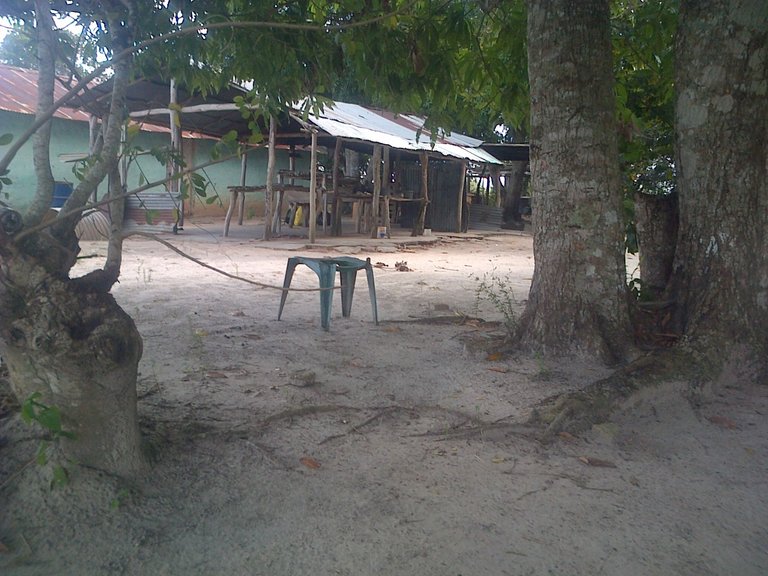
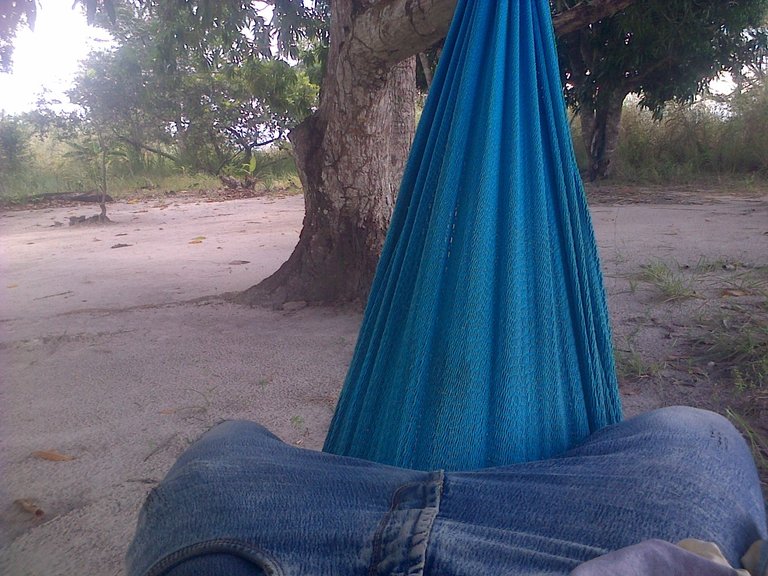 HERE LIVED IN A AMACA OR BETTER KNOWN AS CHINCHORRO
HERE LIVED IN A AMACA OR BETTER KNOWN AS CHINCHORRO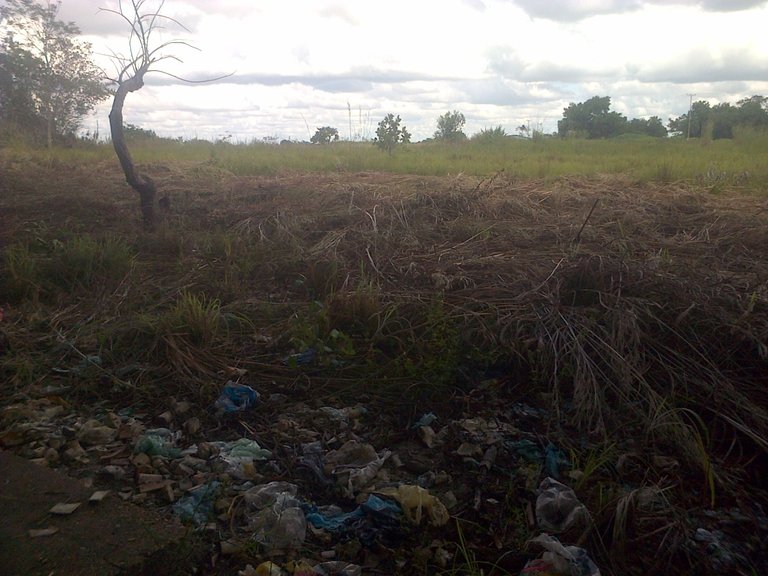
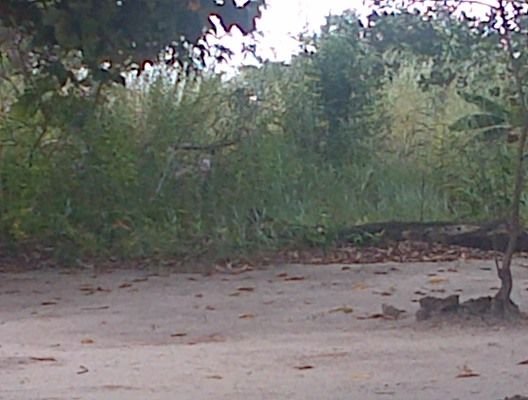
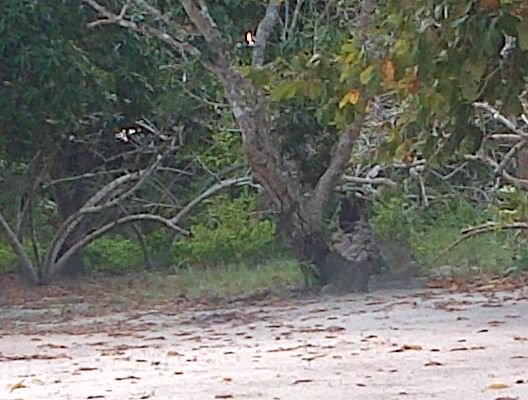
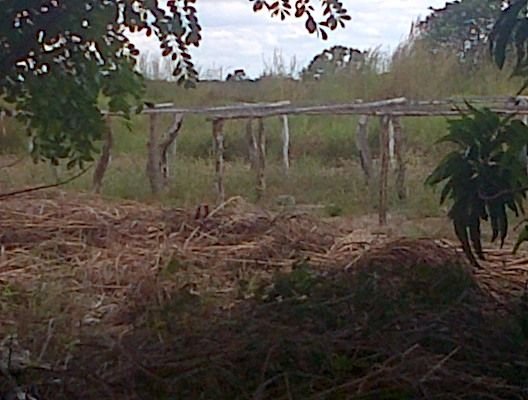
I'm going to explain how casabe is made
Cassava cassava (or simply cassava or cassava) is an unleavened bread, crispy, thin and circular made from cassava flour, this is cooked in a budare, comal or grilled. Its production and consumption goes back to pre-Hispanic times; It is made from cassava or cassava.
Cassava was one of the main crops of the pre-Columbian era along with corn. Due to the conservation possibilities, the casabe was one of the main sources of food for the indigenous peoples of the north of the subcontinent, and was part of the traditional diet of the Taínos, Carib and Arawak native inhabitants of the Caribbean. In Brazil and Peru, tapioca is called the mass of wet cassava flour, sifted and cooked at high temperature. There are two types of cassava roots: "Sweet" cassava that is eaten directly after boiling, in soups or as ingredient of the dough in various dishes, and the "bitter" or "brava" yucca that is poisonous and must be treated to extract the cyanide from the yucca before ingesting it. The "bitter" or "brava" yucca is used to make cassava. Cassava can also be made with "sweet" yucca, although to a lesser extent. Thin and crispy casabe cakes are often broken into pieces and eaten as cookies. It can be eaten alone or as an accompaniment to other dishes like any bread. The thickest variety is usually eaten by moistening it slightly, a few drops of liquid are enough to transform the casabe cake into a very smooth and smooth bread. Due to the ability to absorb liquid immediately can cause choking that yield quickly with a sip of some liquid. Mostly, the thick variety is used as a companion to the sancocho.
FIRST STEP
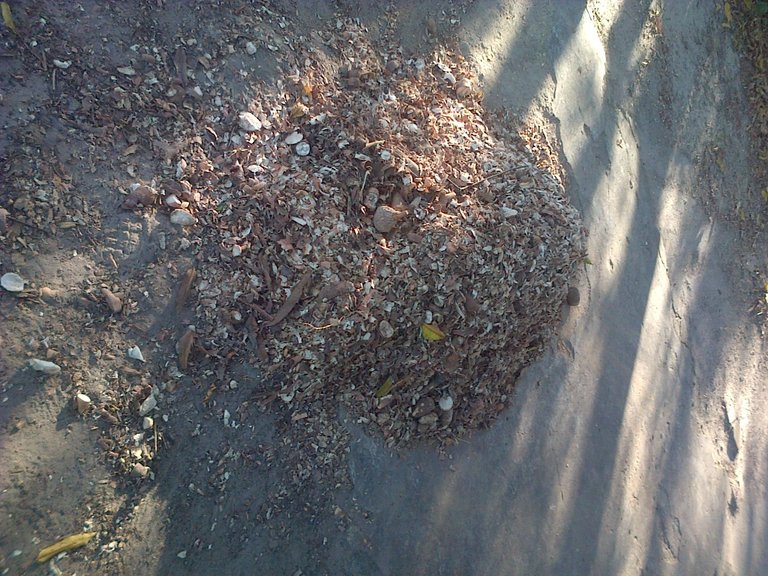
Remove the shell from the yucca and then wash itSECOND STEP
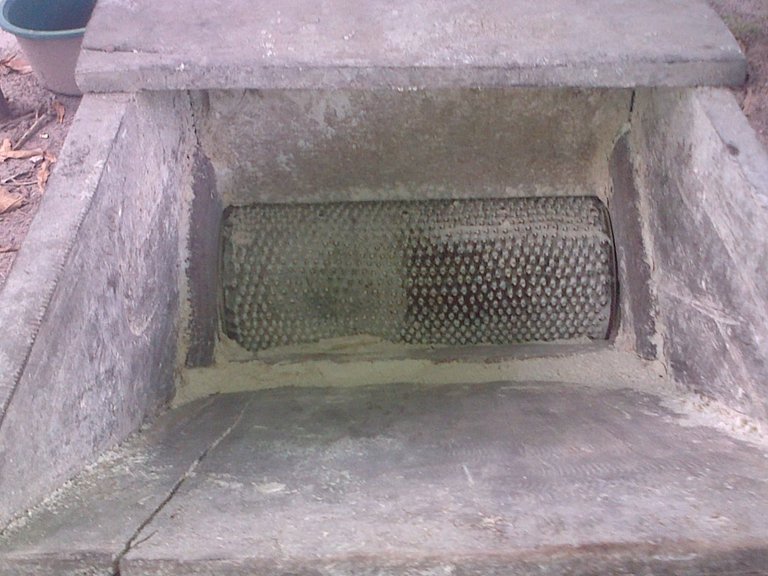
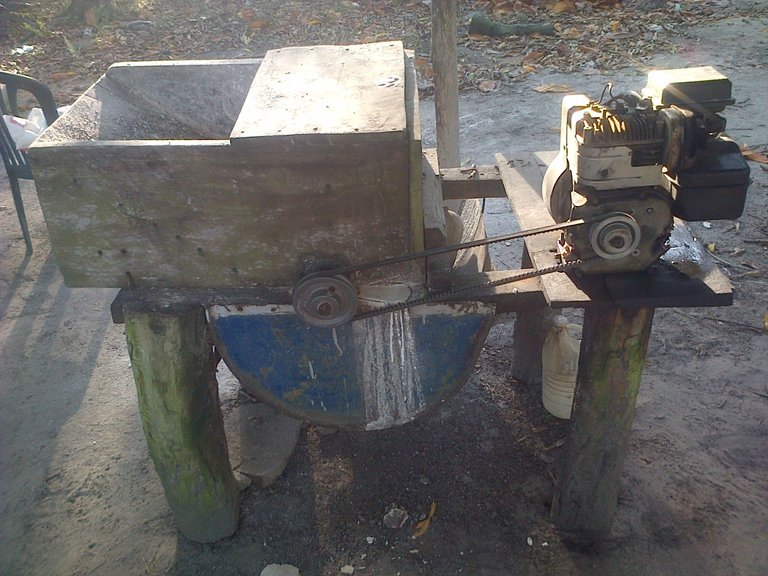
THEN STRIPES TO MAKE A MORE MANEJABLE MASS THIRD STEP
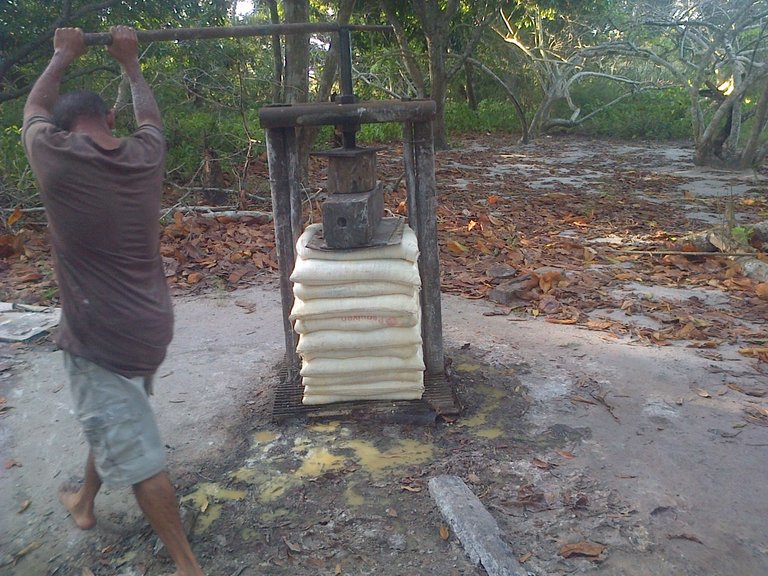
AFTER BEING RAYA OF PLACING IN SACKS TO REMOVE THE YARE IN A PRESS THE YARE IS THE NATURAL POISON THAT BRINGS THE YUCA AMARGA FOURTH STEP
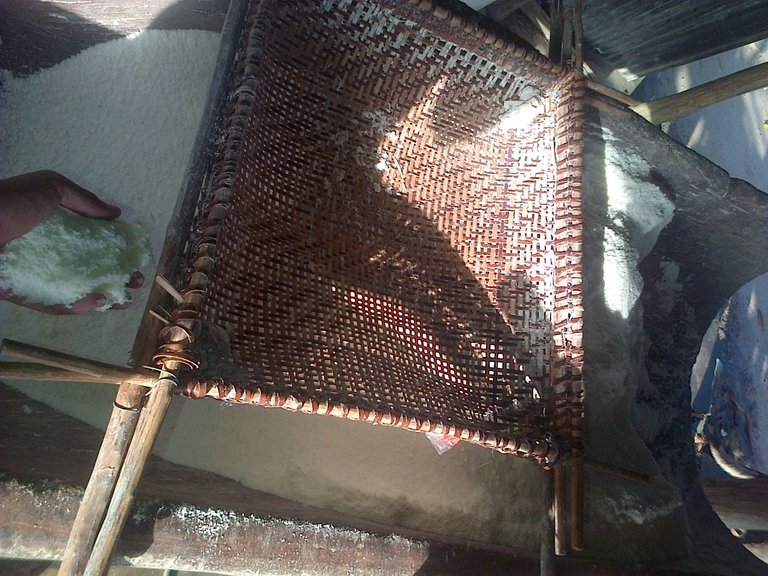
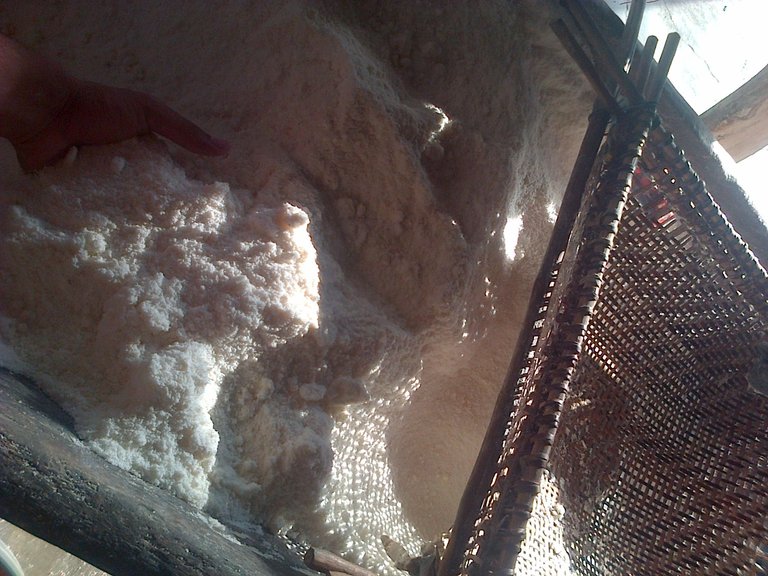
IT IS SIRNEED IN A CAUTIN TO REMOVE ANY PEDASO FROM YUCA WHICH IS NOT RIPPED WELL AND A NATURAL MASS OR YUCA FLOUR ISFIFTH STEP
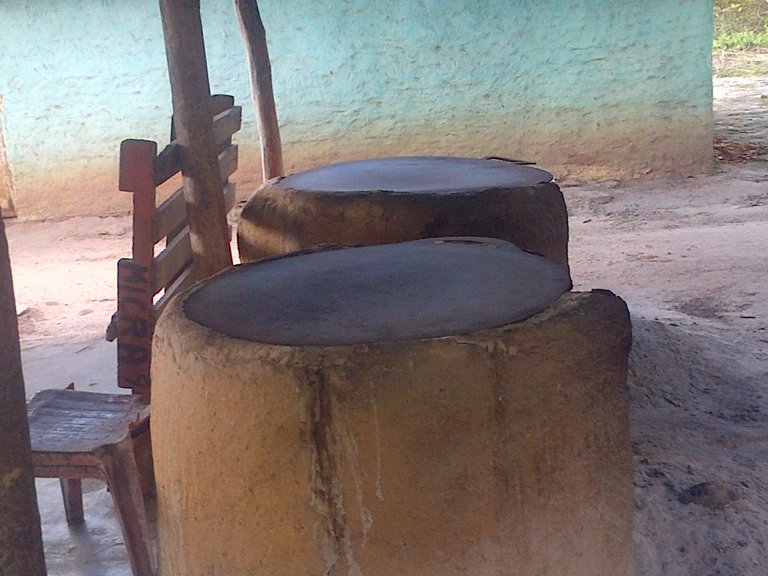
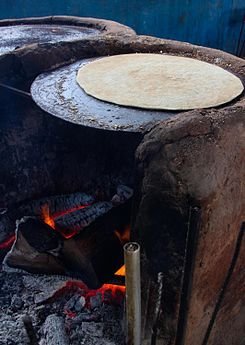
THE BUDARS ARE WARMED TO THEN BE TRUSED IN A CIRCULAR FORM AT AN AMBIENT TEMPERATUREBASKET STEP
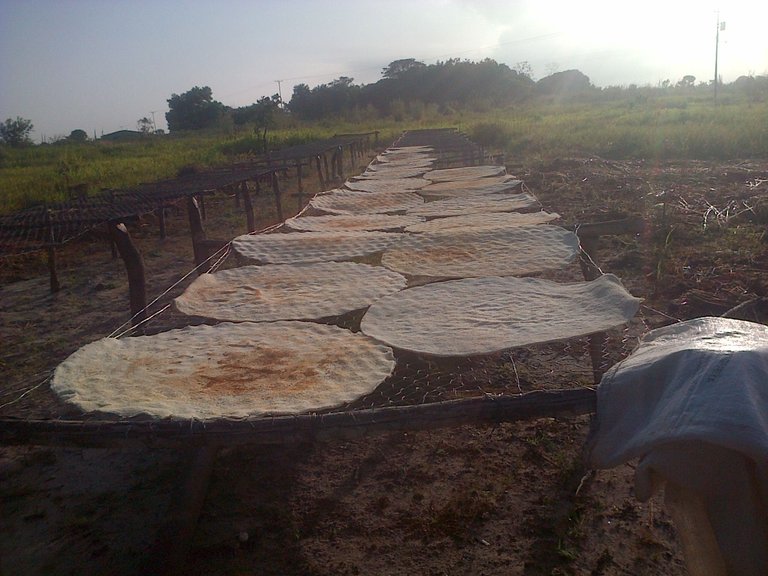
EXTENDED IN A METAL MAYA WITH TARIMAS FOR THE SUN TO DRY THE MASS OF YUCA AND BECOME CASABE IN A COOKIE
LAST STEP
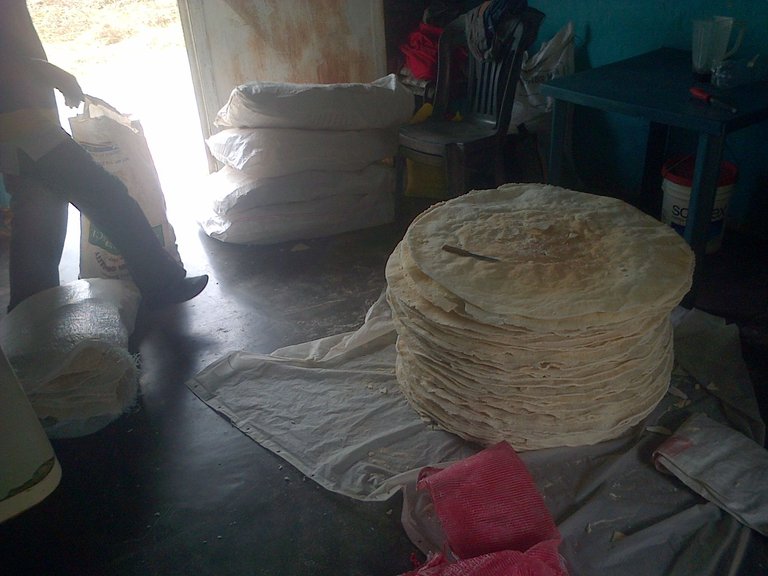
THEN BE DRYED, PACKAGED IN PICANDOLA SACKS IN 2 TO BE TRANSPORTED MORE EASILY

it was a pleasure to know this art to share with my community steemit I hope to have your help 
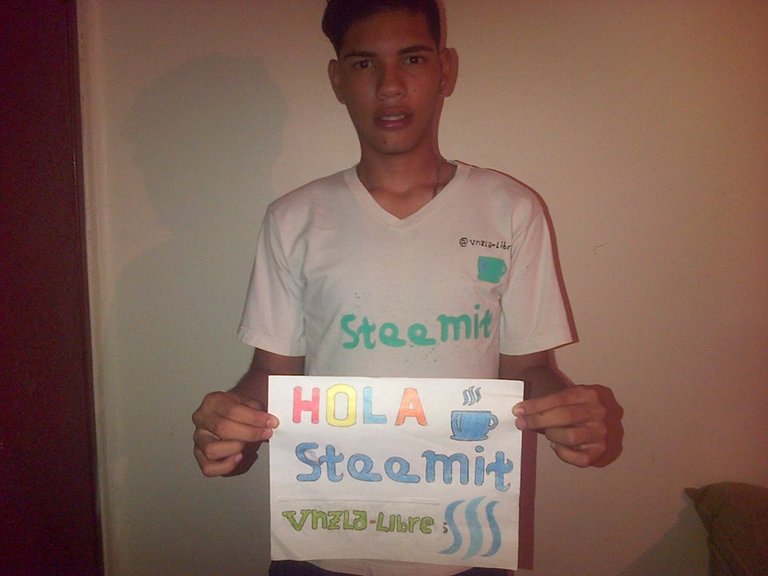

I HOPE YOU LIKE THE POST THANKS FOR READING IT
@vnzla-libre

THEN STRIPES TO MAKE A MORE MANEJABLE MASS THIRD STEP

AFTER BEING RAYA OF PLACING IN SACKS TO REMOVE THE YARE IN A PRESS THE YARE IS THE NATURAL POISON THAT BRINGS THE YUCA AMARGA FOURTH STEP


IT IS SIRNEED IN A CAUTIN TO REMOVE ANY PEDASO FROM YUCA WHICH IS NOT RIPPED WELL AND A NATURAL MASS OR YUCA FLOUR ISFIFTH STEP


THE BUDARS ARE WARMED TO THEN BE TRUSED IN A CIRCULAR FORM AT AN AMBIENT TEMPERATUREBASKET STEP

EXTENDED IN A METAL MAYA WITH TARIMAS FOR THE SUN TO DRY THE MASS OF YUCA AND BECOME CASABE IN A COOKIE
LAST STEP

THEN BE DRYED, PACKAGED IN PICANDOLA SACKS IN 2 TO BE TRANSPORTED MORE EASILY

it was a pleasure to know this art to share with my community steemit I hope to have your help 


I HOPE YOU LIKE THE POST THANKS FOR READING IT
@vnzla-libre
AFTER BEING RAYA OF PLACING IN SACKS TO REMOVE THE YARE IN A PRESS THE YARE IS THE NATURAL POISON THAT BRINGS THE YUCA AMARGA
FOURTH STEP


IT IS SIRNEED IN A CAUTIN TO REMOVE ANY PEDASO FROM YUCA WHICH IS NOT RIPPED WELL AND A NATURAL MASS OR YUCA FLOUR ISFIFTH STEP


THE BUDARS ARE WARMED TO THEN BE TRUSED IN A CIRCULAR FORM AT AN AMBIENT TEMPERATUREBASKET STEP

EXTENDED IN A METAL MAYA WITH TARIMAS FOR THE SUN TO DRY THE MASS OF YUCA AND BECOME CASABE IN A COOKIE
LAST STEP

THEN BE DRYED, PACKAGED IN PICANDOLA SACKS IN 2 TO BE TRANSPORTED MORE EASILY

it was a pleasure to know this art to share with my community steemit I hope to have your help 


I HOPE YOU LIKE THE POST THANKS FOR READING IT
@vnzla-libre
IT IS SIRNEED IN A CAUTIN TO REMOVE ANY PEDASO FROM YUCA WHICH IS NOT RIPPED WELL AND A NATURAL MASS OR YUCA FLOUR IS
FIFTH STEP


THE BUDARS ARE WARMED TO THEN BE TRUSED IN A CIRCULAR FORM AT AN AMBIENT TEMPERATUREBASKET STEP

EXTENDED IN A METAL MAYA WITH TARIMAS FOR THE SUN TO DRY THE MASS OF YUCA AND BECOME CASABE IN A COOKIE
LAST STEP

THEN BE DRYED, PACKAGED IN PICANDOLA SACKS IN 2 TO BE TRANSPORTED MORE EASILY

it was a pleasure to know this art to share with my community steemit I hope to have your help 


I HOPE YOU LIKE THE POST THANKS FOR READING IT
@vnzla-libre
BASKET STEP

EXTENDED IN A METAL MAYA WITH TARIMAS FOR THE SUN TO DRY THE MASS OF YUCA AND BECOME CASABE IN A COOKIE
LAST STEP

THEN BE DRYED, PACKAGED IN PICANDOLA SACKS IN 2 TO BE TRANSPORTED MORE EASILY

it was a pleasure to know this art to share with my community steemit I hope to have your help 


I HOPE YOU LIKE THE POST THANKS FOR READING IT
@vnzla-libre
LAST STEP